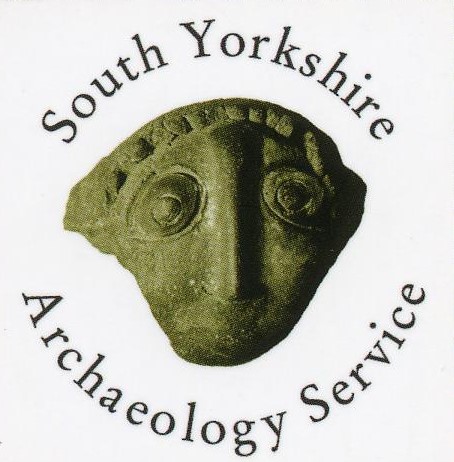Silkstone Waggonway
Location/Address
Commences at Barnby Basin, to the east of Cawthorne, and runs south-west through Silkstone and east through Silkstone Common.
Type
Other site, structure or landscape
Assets that cannot fit any of the other categories. This category includes sites of archaeological interest, where the original form and function may not be apparent without the use of archaeological techniques and interpretation.
Description
Surviving course of the former Silkstone Waggonway between Barnby Basin and Silkstone. The continuation of the line south at Silkstone Common has been lost to housing development and open cast mining. It comprises route of a horse drawn railway, commenced in 1809 by the Barnsley Canal Navigation Company to link the Barnsley Canal to Silkstone to transport coal from the collieries. It was later extended south to Moorend and Silkstone Common in 1830.
There are a number of related sites along the line of the waggonway which are considered to form an intrinsic part of its significance, including the remains and standing buildings at Barnby Basin and Barnby Furnace, Low Mill Furnace (a Scheduled Monument), and the buried remains of Waterloo and Pall Mall collieries.
Statement of Significance
Asset type
AreaAge
Started in 1802 with the Low Moor waggonway, which was replaced and extended by the Barnsley Canal Navigation Company in 1809, and extended again in the 1830s. The line operated into the 1860s, but with increasingly little traffic following the opening of the first local railway in 1850.Rarity
Silkstone Waggonway and its subsidiary routes represent a rare regional survival of a coherent early industrial transport network within a landscape that retains considerable evidence for early industrial activity. The level of preservation is generally good, with some individual features in a poor state of preservation.Group Value
The waggonway links a large number of heritage assets, both standing and buried remains, including Barnby Basin (including lime kilns, cottages and the former toll keepers cottage of White House); Barnby Furnace (including workers cottage and site of a blast furnace); Low Mill Furnace (a Scheduled Monument); and Waterloo, Pall Mall and Silkstone (north) collieries (above ground remains demolished but buried remains and mines likely to preserve archaeological interest). South of Silkstone Cross the line of the waggonway is less well preserved, although there are several associated buildings and sites of note, including The Cross (possibly a former colliery office and tally house), Cross Pit and Silkstone (south) collieries and coke ovens (above ground remains demolished but buried remains and mines likely to preserve archaeological interest); Noipe Mill (demolished but earthworks are present and buried remains likely survive), Black Horse Tunnel (now blocked but a portal is still visible), and Moor End Colliery. A longer branch line also linked Norcroft Colliery.Historic Interest
The history of the waggonway is well documented, and benefits from extensive surviving records. Its development was driven by industrial magnates and landowners, and led to the increased industrialisation of the area.Archaeological Interest
The waggonway includes a series of well-preserved route of cuttings, embankments, tunnels and bridges with numerous areas of surviving sleepers still evident along its line. Ruins, earthworks and buried remains relating to associated infrastructure (including rails, sleepers, bridges, tunnels, inclined planes, sidings and passing places) and adjoining industries (including collieries, lime kilns, coke ovens, furnaces and mills) are widespread and generally well preserved and will contain extensive archaeological evidence of the form development of industry in the region.Landmark Status
The waggonway now forms a well used trail benefiting from numerous interpretative boards, installations and artworks. Its origin and use is entwined in the local history of the area and makes an important contribution to regional identity.Images and Documents
Date Listed
26 Aug 2022
Last Updated
22 Mar 2023
Comments and Feedback
Do you have any questions or more information about this record?






